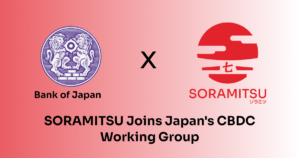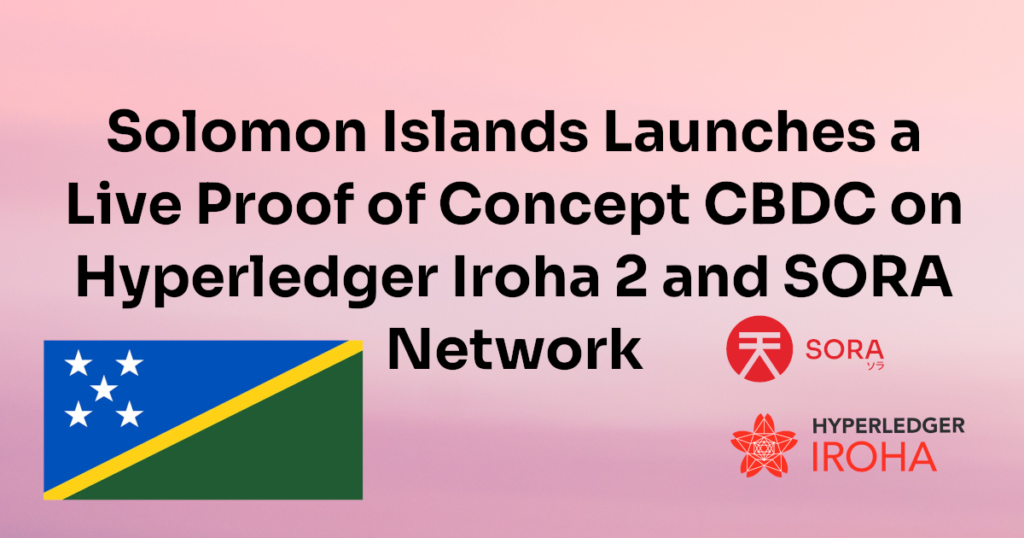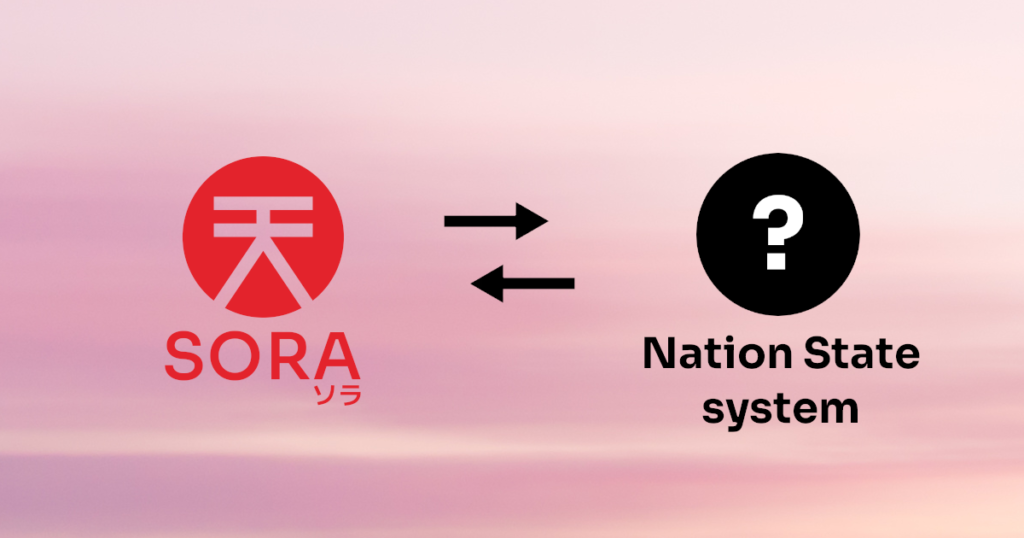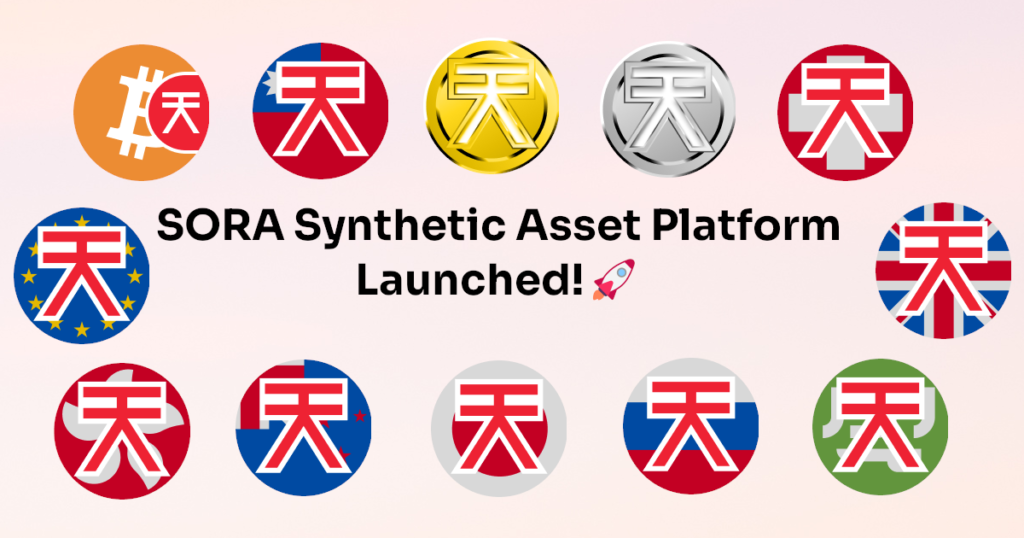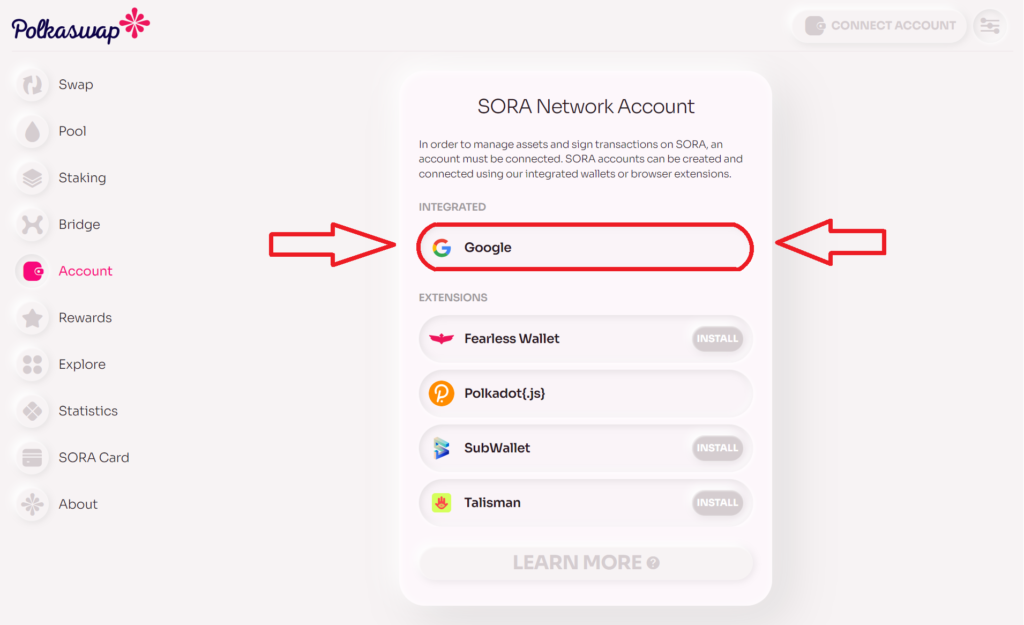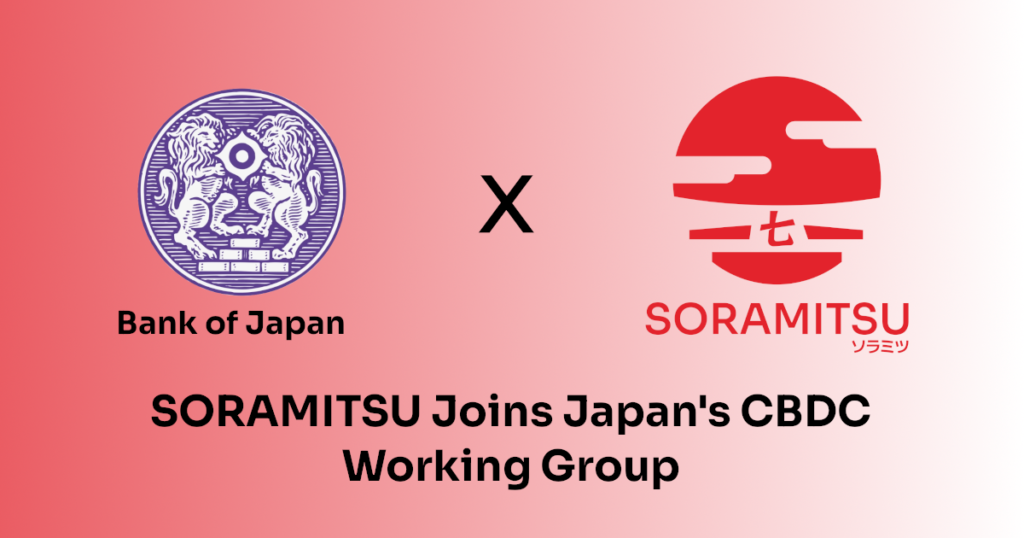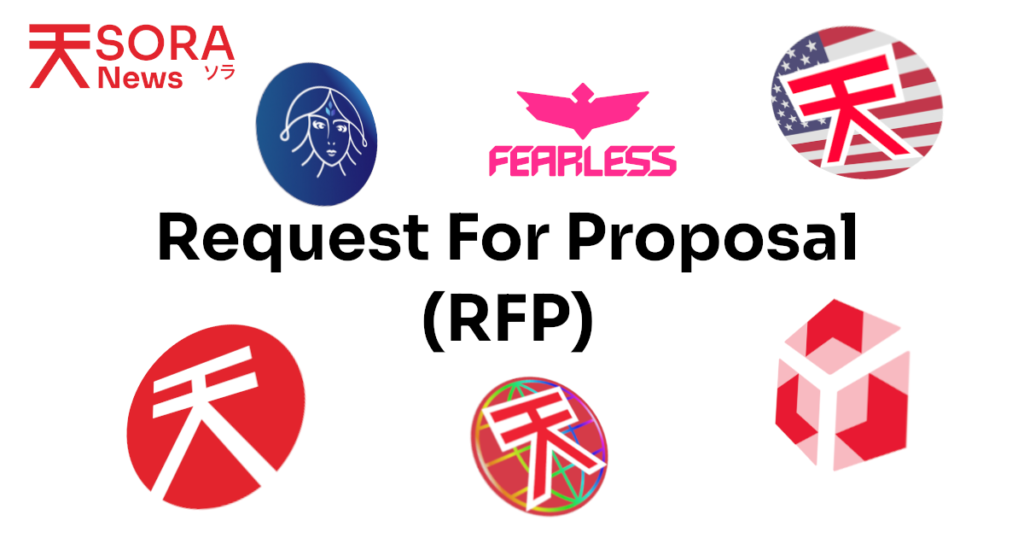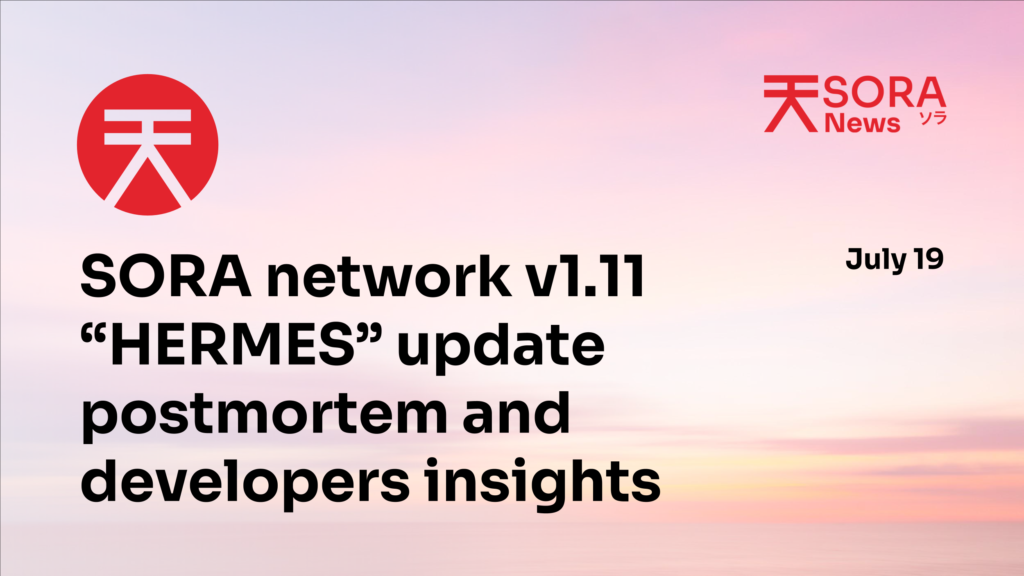The new Significance and Functionality of SORA's Polkadot Parachain Integration
Read More →SORA News: Insights, opinion and Reports about SORA (XOR)
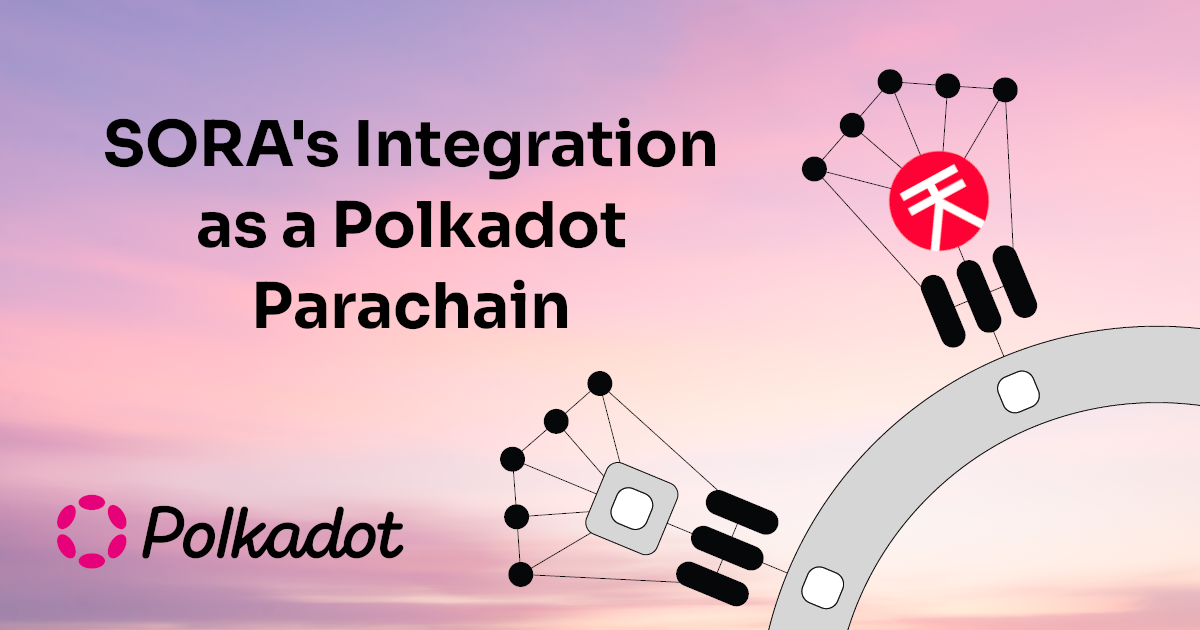
The SORA Network: A Component of the Solomon Islands’ CBDC
A Bold Step Forward in Integration for a Sovereign State
SORAMITSU is Actively Expanding Research Efforts to Explore Central Bank Digital Currencies
The new Significance and Functionality of SORA's Polkadot Parachain Integration
The SORA Network: A Component of the Solomon Islands’ CBDC
A Bold Step Forward in Integration for a Sovereign State
Connecting to BandProtocol Oracle Blockchain Ensures Accurate Data Feeds
Experience Secure and Effortless Trading at Your Fingertips
A Journey Through SORA’s Remarkable Features and Innovations
SORAMITSU is Actively Expanding Research Efforts to Explore Central Bank Digital Currencies and Enhance Japan's Digital Financial Landscape
SORA News Request For Proposal
Post-Mortem Report for the 7th July 2023 SORA Blockchain Release
What is SORA?
In this video, you’ll gain a deeper understanding of what SORA is and how it works.
SORA FAQ
SORA is a supranational economic system that has it’s supply and primary market managed by a computer code known as the token bonding curve. It’s a global economic system designed for the common good of humanity and is not controlled by any country, company, or individual.
An economic system is responsible for managing the processes of production, distribution, and consumption of goods and services in a society.
In this context, an economic system does not only concern itself with the use of money as a unit of account, a store of value, and a medium of exchange, but it also oversees how money is allocated and regulates the quantities of money distributed. As highlighted in the book “Princes of the Yen” by Richard Werner, the control of credit in an economy is equivalent to the control of the economy itself. This allocation of money is crucial as it significantly influences the economy’s overall performance and direction.
In the context of cryptocurrencies, monetary policy governs how tokens are created and distributed within the network. Tokens are typically created for two main reasons: for fundraising (token generation events) and as rewards (for services such as liquidity provision, staking, or mining). Many cryptocurrencies lack a dynamic monetary policy. Instead, they operate on a pre-programmed algorithm that dictates the token supply, with little to no room for adjustments in response to changing economic conditions within the network. This lack of an active monetary policy, although seemingly an absence of policy, is in itself a form of monetary policy.
The need for an active monetary policy arises from the necessity to control the supply of money, which is key to managing and stabilizing an economy. With an active policy, adjustments can be made to maintain stability or stimulate growth. Without this ability, cryptocurrencies are largely isolated from real-world economic influences and the economy built around them can be less controlled and more volatile.
The monetary policy of SORA is managed by the SORA community through on-chain governance. Members cast their votes according to the on-chain governance rules regarding the token issuance and economic guidelines of SORA.
A token bonding curve is a mathematical model that outlines the relationship between an asset’s price and its supply. These are token issuance smart contracts that establish a market for tokens, separate from crypto exchanges. Tokens within the token bonding curve don’t have a strict creation limit; instead, the available quantity of XOR and the price curve restrict the amount in circulation. Typically, bonding curve contracts ensure that the price of each token increases as the number of tokens issued rises.
A token bonding curve offers continuous liquidity, meaning that tokens can always be traded without requiring a counterparty. The curve also allows for predictability, enabling future price movement forecasts based on supply changes. Moreover, a token bonding curve provides an autonomous and decentralized method for regulating a token’s supply and demand. This system autonomously creates or burns tokens based on the curve, eliminating the need for intermediaries or centralized authorities.
The SORA Network (Polkaswap included) is built with Substrate, a decentralized application framework for creating blockchains and other decentralized systems.
Here some useful links:
Website: sora.org
Sora wiki: wiki.sora.org
Sora medium: https://medium.com/sora-xor



